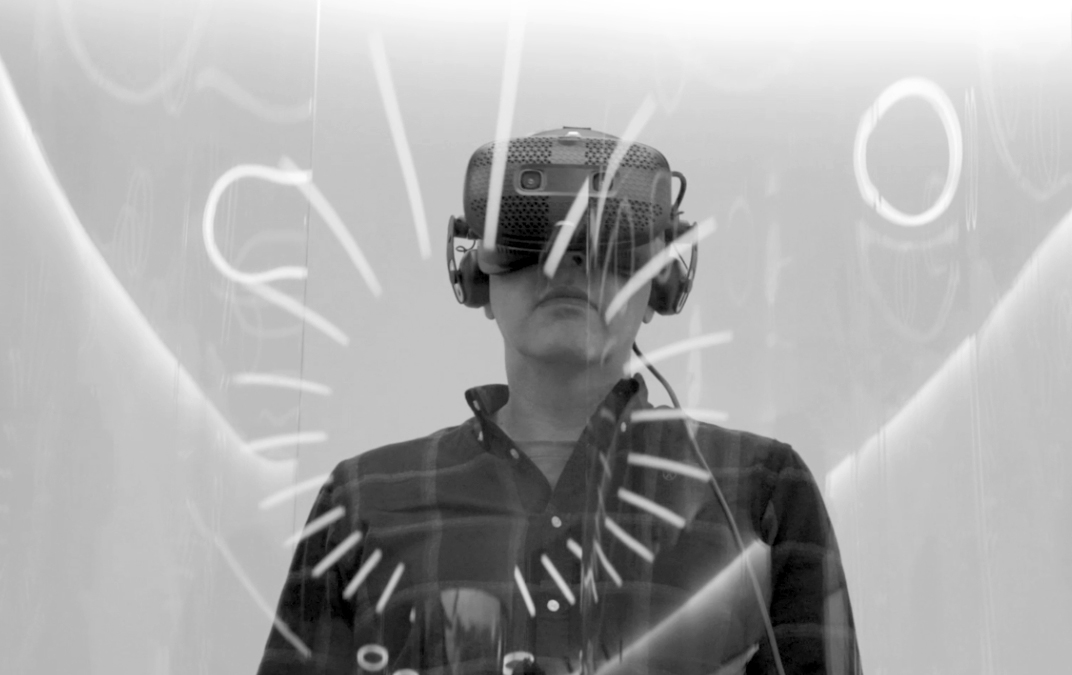The challenge of being Indie
- Date
- Written by Alberto Martínez
Independent agencies are well aware that their key strengths lie in agility, proximity, and flexibility. Their fast, personalized responses are highly valued by advertisers. On the downside, limited (financial) resources and the ongoing need to prove their ‘worth’ are challenges they face. The voices featured in the following pages agree that one of their main challenges is attracting and retaining talent. Creativity and human connection are essential in today’s hypercompetitive environment.
Our General Manager, Alberto Martinezparticipated in the Independent Agencies Special of IPMARK, with an interview in which he provided an in-depth analysis of the challenges, advantages, and hurdles faced by “indie” agencies compared to multinationals.
Q: What’s true (and what’s less so) about the advantages and disadvantages independent agencies have compared to multinationals? What complexities does an ‘indie’ agency face?
A: These are classic strengths, but agility and independence in decision-making are, in my view, the two key differences that have only become more pronounced in today’s fast-paced environment. The ability to adapt quickly isn’t just an advantage—it’s a strategic necessity. Independent agencies have the autonomy to make swift, decisive decisions, reallocate resources, and pivot according to market needs. This includes strengthening talent and exploring new creative and technological areas without relying on complex hierarchical approvals. Multinationals set up labs, working groups, squads, but they still struggle and are always subject to the decisions of their “superiors,” which, as we’ve seen recently, are becoming increasingly frequent.
But it’s not all rosy — indie agencies face challenges like managing limited resources and building a strong identity in a market turning into the Wild West. In my opinion, overcoming these challenges requires cultivating a robust and distinctive culture from day one, grounded in collaboration, radical creativity, and a clear strategic vision that enables standing out both in innovation and impact.
Q: When do you believe—if you’re working at a multinational—that it’s the right time to take the leap and start an independent agency? What are the must-haves to make it a successful venture?
A: Taking the leap isn’t an easy decision, nor one to be taken lightly. Our industry is saturated and incredibly competitive, so before diving in, the first thing you need is a crystal-clear value proposition. What will you bring to make your agency different? What’s the element that will make you stand out in such a fragmented market? Without that differentiation, launching might still be possible, but sustaining yourself will definitely be a challenge.
Additionally, having a solid foundation is key. Securing an initial client not only provides some financial stability but also builds credibility in the market. On top of that, you need a financial cushion that allows you to hire talent and keep the business running while you establish your position.
But above all, you need the right mindset. Being an entrepreneur isn’t for everyone; it requires courage, determination, and a drive to build something from scratch. That spark is what truly makes the difference. In the end, it’s less about “finding the perfect moment” and more about creating it—working with your conditions, your resources, and, above all, your mindset to face the challenge successfully.
Q: How are independent agencies tackling today’s market challenges—technological, talent-related, and others? Isn’t it a case of “David versus Goliath” when facing multinationals?
A: Technological challenges impact the entire industry equally, but the key difference lies in the resources each type of agency has to face them. Artificial intelligence, for example, opens up three major opportunities to improve profitability: doing more with the same team, reducing costs, or innovating with new products and services. The strategy chosen will depend on each company’s vision and financial situation, but the ability to make quick decisions and execute them without obstacles is, to me, a key factor in avoiding falling behind.
If the debate focused solely on investment capacity, multinationals would have the advantage due to their greater financial muscle. However, that investment must be effectively allocated, permeate all organizational structures and markets, and most importantly, generate real impact for the end client—something that isn’t always immediate or straightforward. In this regard, less bureaucracy translates into greater speed and more agile structures that allow for selecting the right collaborators based on the specific needs of each project, rather than those needed merely to cover overhead costs.
On the other hand, it’s worth asking whether million-dollar investments are truly necessary for innovation. Affordable subscription models and increasingly advanced digital tools enable exploration of solutions once thought impossible. In this new paradigm, technological challenges are radically transforming the sector, and large organizations might be the first to feel the impact of this disruptive change. Don’t we believe that €20-a-month subscriptions will help us reach those places our brightest minds once thought unreachable?
We may be on the verge of seeing unicorn-valued companies that are almost “one-person operations.”
Q: The duration of relationships between advertisers and independent agencies tends to be shorter than with multinationals. What causes this? And what type of relationship—in terms of duration and interaction—would you consider ideal?
A: I believe the short-term mindset imposed on marketing departments—stemming from their diminished influence within companies—is one of the main reasons behind the shorter duration of relationships between advertisers and agencies in general. In an environment dominated by immediacy, brands seek quick, measurable results, prioritizing tactics over strategy and focusing more on conversion than brand building. This phenomenon isn’t accidental: we live in a fast-paced society with multiple impulses and stimuli pushing you toward instant decisions. Adding to this is a saturated—and therefore voracious—category, which makes agencies’ commercial activity, as also reflected in Scopen’s study, constant and aggressive, with a high number of agencies relentlessly contacting advertisers. This undeniably fuels the temptation to switch.
Adding to this vicious cycle is the fact that some advertising pitches not only seek creative solutions but also operate as cost-cutting mechanisms, prioritizing “investment optimization” over sustainable, long-term value relationships. Taken together, these factors create a dangerously short-term cocktail for the industry as a whole.
Client-agency relationships should balance flexibility and commitment. This means being able to tackle immediate challenges with agile projects tailored to advertisers’ needs, while never forgetting that brands are invaluable assets deserving careful nurturing—a goal achievable only through a medium-to-long-term strategic vision fostered by stable, lasting relationships.
Q: What challenges do you foresee in the world of independent agencies in the coming year?
A: For me, we are at an inflection point in the business, I think we are at a turning point and our biggest challenge is the reinvention of agencies as idea companies. Technology has made the generation of concepts cheaper, making creativity be perceived as a more accessible resource, when in fact, its true value lies in its ability to build solid and sustainable brands.
The challenge is to reclaim that central role: to be not just campaign creators, but architects of values and guarantors of business growth through marketing and communication. This requires a mindset shift, where brand strategy once again becomes the fundamental pillar underpinning all tactical actions. In an environment saturated with fleeting messages, differentiation will come not only from creative execution but from the ability to connect with audiences in a meaningful and lasting way.
This tectonic shift will be especially crucial for the survival of independent agencies, which navigate between large corporations and hyper-specialists.
Q: Finally, shall we bring to light something everyone prefers to keep in the shadows? What is the dark side of daily life in an independent agency? And in the indie sector in general?
A: If I had to define the most challenging—and at the same time, the most addictive—aspect of working in an independent agency, I’d say it’s uncertainty. There’s no safety net here, no massive financial cushion to soften the blows. Every day is an emotional rollercoaster: winning a pitch can make you feel on top of the world, while losing an account can have you questioning everything within hours.
That feeling that every client, every idea, and every decision matters is as exhilarating as it is exhausting. It’s a constant adrenaline rush that not everyone is willing to embrace, but for those who do, there’s nothing quite like it. Knowing you depend solely on your talent, effort, and adaptability makes every achievement taste that much sweeter.
Of course, this lack of stability has its dark side. The pressure is real, and the competition is fierce. Managing this rollercoaster without succumbing to anxiety is an art in itself. But perhaps, precisely because of that, when things go well, the satisfaction is unparalleled. There’s nothing more rewarding than seeing one of your ideas become something big—something that makes an impact and transcends. That’s the true magic of independent agencies.

